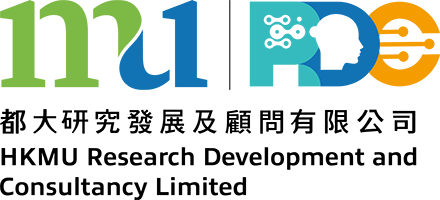4.1 Web pages
You should visit the course news page on the Online Learning Environment (http://ole.hkmu.edu.hk) through the Web at least twice a week to see if there is any news. Important notice will be posted on OLE News of this course. Please see the OLE User Guide to learn how to log in and see the news. There will be different types of items to be downloaded from the Web including:
- Assignments (tutor-marked assignments)
- Specimen Examination Paper and Answer
4.2 Printed units
The course is divided into four blocks which are of equal length. Each block, which consists of four printed units, is studied over eight weeks, together with some practical computing work. You are suggested to spend about two weeks on each unit. The 16 units are:
| Block 1 | | Block 3 |
| Unit 1 Data: form and function | | Unit 9 Logic in practice |
| Unit 2 Introduction to code | | Unit 10 Logic and language * |
| Unit 3 Data types | | Unit 11 Databases |
| Unit 4 Introduction to classes * | | Unit 12 A case study |
| Block 2 | | Block 4 |
| Unit 5 The class Turtle | | Unit 13 Recursion * |
| Unit 6 Classes Vector and mString | | Unit 14 Proof |
| Unit 7 The class Set | | Unit 15 Efficiency |
| Unit 8 Binary trees * | | Unit 16 Looking forward |
* more difficult unit
Each course unit is divided into sections. Most of the sections are of similar length, although some are shorter than others. An average section should take around two hours to study. Each course unit has a summary and index (for reference purposes and as an aid to revision).
The text includes examples and activities. The examples should be treated as part of the text: just read them when you come to them (and refer to them later if you need to). The activities are for you to attempt, but do not spend a long time on them. If you cannot see how to do an activity, then go on and read the discussion following it, which will show you what was expected. However, you will gain more value from the activities if you at least attempt them before reading the discussion. This will help you to be aware of what you have and have not understood so far, and what to concentrate on when reading the discussion.
Each section gives objectives at the end. These summarize the knowledge and skills that were introduced in the section and on which you may be assessed. There are exercises at the end of each section. These are provided as practice of the objectives of the section. In many cases, the practical computing sessions will provide you with further practice.
Within some units, you will find pieces of text marked out as Asides. The Asides contain discussions included to help you to relate the work in this course to things you may have read elsewhere, or to elucidate subtle points. You will not be assessed on the material in the Asides. We recommend that you read them, as they may help you to resolve some point that is worrying you, but do not spend time trying to understand them if their meaning is not immediately clear.
You will see the code 'M263' instead of 'COMP S263' in the printed materials since we are not allowed to change them.
4.3 Set book
No set book is required.
4.4 CDROM
A CD-ROM containing the software for this course is provided.
4.5 WorkPad
WorkPad is the environment specially designed for writing code of this course. It is in the CD-ROM provided.
4.6 Online Learning Environment (OLE)
We are using OLE, the standard online platform of HKMU. There are many components described in the OLE User Guide. One component of OLE which many students find useful is the Discussion Board. They allow their users to post messages at different times for discussions.
4.7 Email
You can communicate with your tutor or your classmates through Internet email.











